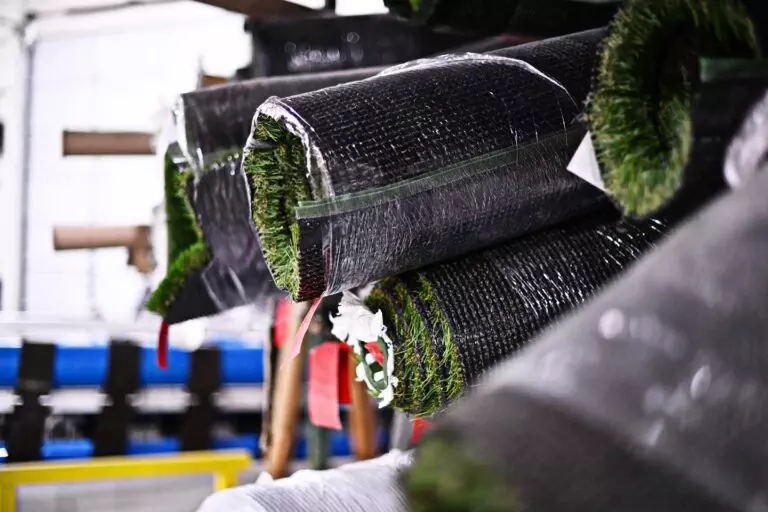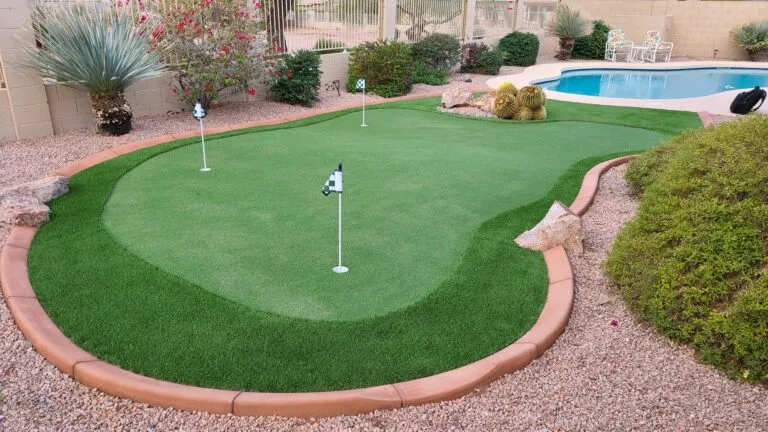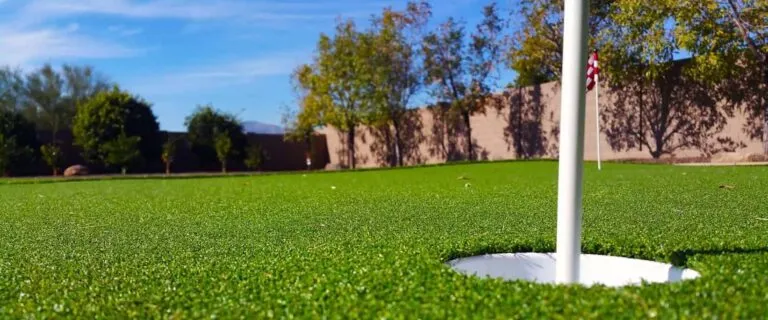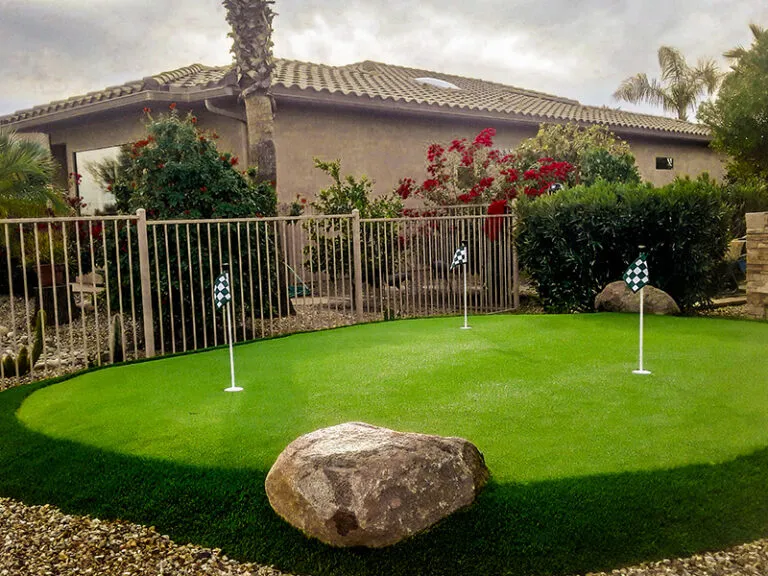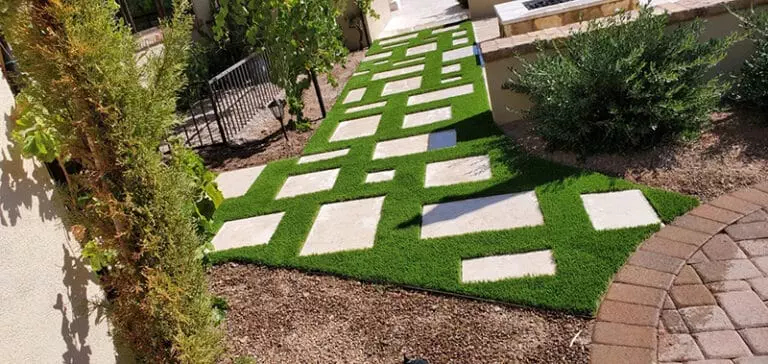Artificial Grass For Putting Greens is becoming increasingly popular among homeowners who want to create a personalized golf course in their backyards. With advancements in technology, artificial grass has become more realistic and durable than ever before. In this blog post, we will discuss everything you need to know about designing the perfect backyard putting green.
The Benefits of Having a Backyard Putting Green
Having a backyard putting green can provide numerous benefits for both amateur and professional golfers. Firstly, it allows you to practice your short game without having to leave your house or pay expensive greens fees at a public course. Additionally, it provides an opportunity to spend quality time with family and friends while enjoying a round of golf. Finally, installing an artificial grass putting green can increase the value of your property by adding a unique selling point that sets your home apart from others on the market.
Designing the Perfect Layout for Your Putting Green
When designing the layout for your backyard putting green, there are several factors to consider. Firstly, decide on the size and shape of the green based on the available space in your yard. A common mistake people make when designing a putting green is making it too small. Ideally, the green should be large enough to accommodate multiple players at once. Secondly, consider the slope and contours of the land as well as any obstacles such as trees or rocks. This will help determine the best location for the green and ensure optimal drainage. Lastly, think about the overall aesthetic appeal of the green. You may want to incorporate different colors and textures of turf to add visual interest and mimic a real-life golf course setting.
Choosing the Best Artificial Grass for Your Putting Green
There are many types of artificial grass available on the market today, each with its own set of features and benefits. When choosing the best type of artificial grass for your putting green, consider factors such as durability, texture, color, and price. Some popular options include nylon, polypropylene, and polyethylene fibers. Nylon is known for being highly durable and resistant to wear and tear, while polypropylene offers excellent resilience and bounceback capabilities. Polyethylene fibers are soft and lush, providing a plush surface similar to natural grass. Ultimately, the choice comes down to personal preference and budget constraints.
Installing and Maintaining Your Backyard Putting Green
Once you have designed and chosen the materials for your backyard putting green, it’s time to install it. The installation process typically involves excavating the area, laying down a base layer of crushed stone or sand, and then placing the artificial turf over the top. It’s essential to follow proper drainage techniques during installation to prevent water damage and extend the lifespan of the green. After installation, regular maintenance is required to keep the green looking pristine. This includes brushing away debris, repairing any damaged areas, and applying infill material to maintain the correct height and density of the turf.

Conclusion: Tips and Tricks for Creating the Ultimate Backyard Putting Green
In conclusion, designing the perfect backyard putting green requires careful planning, attention to detail, and a willingness to invest time and money into creating a high-quality product. By following these tips and tricks, you can create a beautiful and functional putting green that will enhance your enjoyment of the sport and add value to your property.


